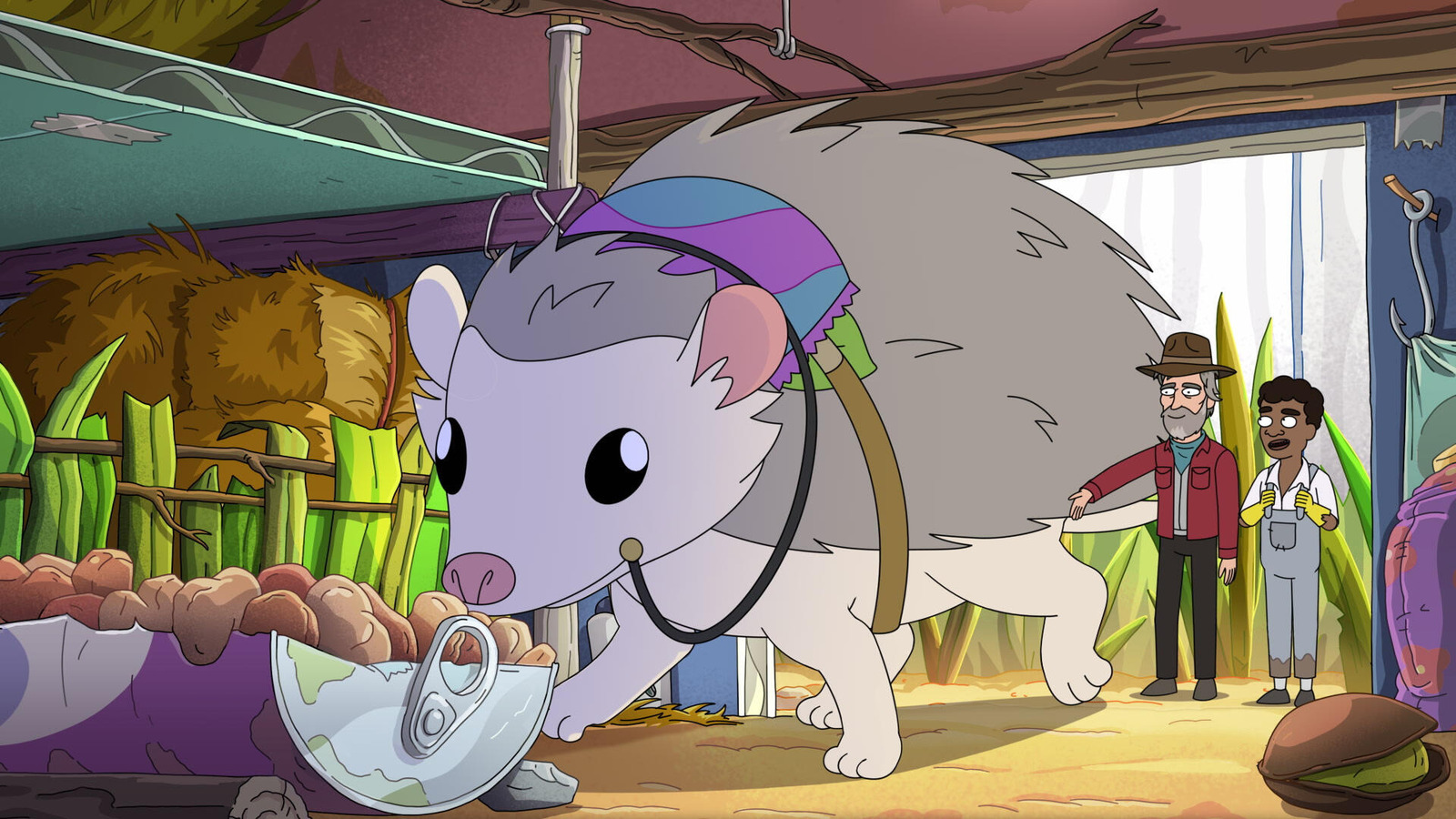Physical Address
304 North Cardinal St.
Dorchester Center, MA 02124
Physical Address
304 North Cardinal St.
Dorchester Center, MA 02124

“Solar Opposites” is back for season 5, and the show remains as entertaining as ever. Created by Mike McMahan and Justin Roiland, the adult animated sitcom continues to blend the sci-fi craziness of “Rick and Morty” with classic family sitcom elements. The stories of an alien family who, despite their complaints, gradually come to love Earth are humorous. However, it’s in the B-plots where the show truly excels.
One standout B-plot is The Wall, a recurring segment set in a terrarium where one of the alien kids shrinks random people who annoy him. These shrunken individuals form their own society within the terrarium. The Wall segments have ventured into various genres, parodying “The Handmaid’s Tale,” detective mysteries, and now, a spaghetti western.
Another recurring segment is the SilverCops, which follows a neighbor of the Solar Opposites who is recruited by space cops. This subplot, a parody of the 1986 animated series “SilverHawks,” sees the neighbor uncover conspiracies and face oppression in space. These segments add depth and variety to the show, making it even more engaging.
The segments in “Solar Opposites” are effective not only because of their humor but also because they function as mini spin-offs within the main story. Whether it’s the aliens and their replicas opening an exclusive school or their former neighbor at a space police academy, these random yet funny cuts are part of a long-standing tradition.
Historically, it was common for live-action shows to have animated spin-offs and for animated shows to include segments that could potentially become separate series. This was particularly easy during the era of 24-minute cartoons made up of two 12-minute segments. Legendary studios like Hanna-Barbera frequently experimented with this format. “The Huckleberry Hound Show,” for instance, included segments like “Pixie and Dixie and Mr. Jinks” and “Yogi Bear,” which eventually became standalone cartoons.
In the ’90s, “Animaniacs” featured multiple segments with separate characters, such as “Pinky and the Brain,” which later became its own show. This tradition continued with the first Cartoon Cartoons, such as “Dexter’s Laboratory,” which had segments like “Dial M for Monkey” and “Justice Friends.”
While “Rick and Morty” brought a new energy to American adult animated shows, “Solar Opposites” celebrates the history of TV, both live-action, and animation. The show’s embrace of these cartoon segments contributes to its charm and ensures it remains a joy to watch.
Source: Slashfilm



